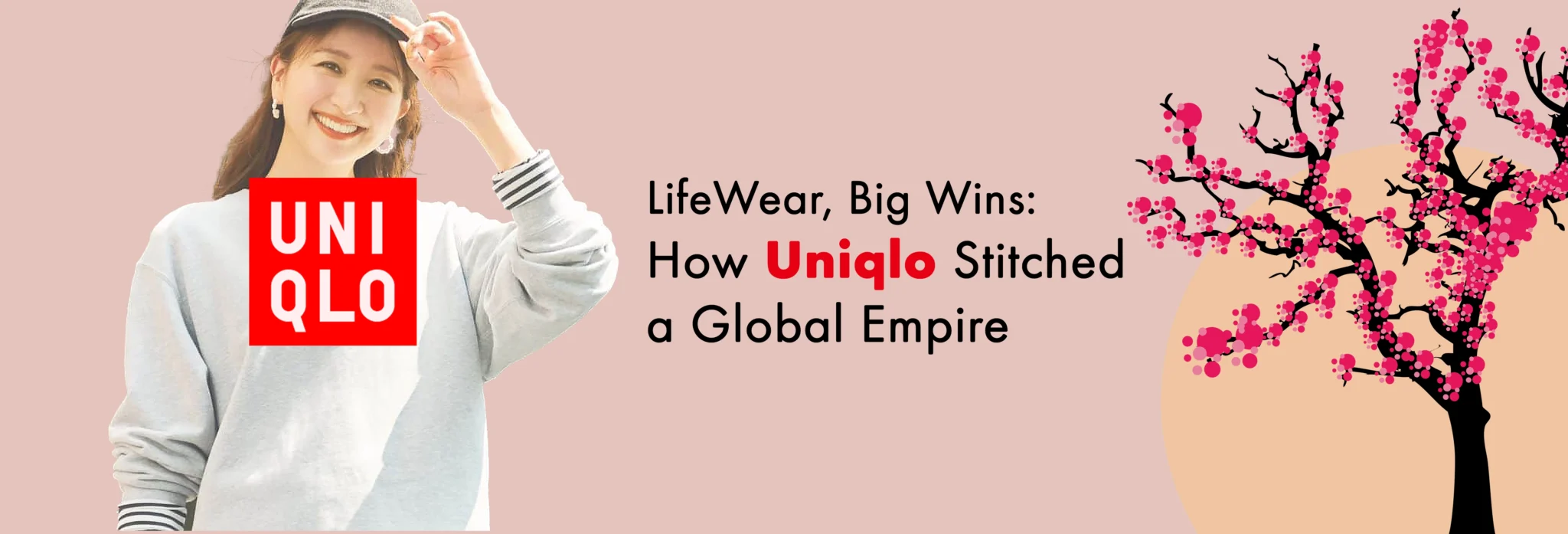

By: Asal Taheri
In 1949, a small men’s tailoring shop called Ogori Shoji opened its doors in Ube, Japan, a gritty industrial town far from the glitz of Tokyo. Few could have foreseen that this modest venture would evolve into Uniqlo, a global retail giant with over 2,400 stores across 25 countries, and a parent company, Fast Retailing, valued at $105.08 billion as of January 2025. Today, Uniqlo stands as Asia’s largest apparel chain and a formidable challenger to Zara and H&M, driven by a blend of strategic innovation, quality focus, and an ambitious push into international markets. What’s behind this ascent? A business model that is as practical as it is visionary, stitched together with cutting-edge technology and a deliberate pace that defies the breakneck speed of fast fashion.
From Family Roots to Retail Revolution

Uniqlo’s story took a pivotal turn in 1984 when Tadashi Yanai, having taken over his father’s Ogori Shoji chain of 22 stores in 1972, opened the first “Unique Clothing Warehouse” in Hiroshima. Aiming to offer affordable, versatile, casual wear, he planted the seed for a new kind of retail. The name “Uniqlo” emerged from a 1988 typo during a Hong Kong registration—“Uniclo” became “Uniqlo,” and Yanai ran with it. By 1994, Japan had 100 Uniqlo stores; by August 2024, that number hit 797. Now Japan’s wealthiest individual with a net worth nearing $40 billion, Yanai built an empire guided by his 23 Management Principles, emphasizing customer value and constant reinvention. “A company without a soul is nothing,” he has said—a belief that has driven Uniqlo’s ascent.
Uniqlo’s story took a pivotal turn in 1984 when Tadashi Yanai, having taken over his father’s Ogori Shoji chain of 22 stores in 1972, opened the first “Unique Clothing Warehouse” in Hiroshima. Aiming to offer affordable, versatile, casual wear, he planted the seed for a new kind of retail. The name “Uniqlo” emerged from a 1988 typo during a Hong Kong registration—“Uniclo” became “Uniqlo,” and Yanai ran with it. By 1994, Japan had 100 Uniqlo stores; by August 2024, that number hit 797. Now Japan’s wealthiest individual with a net worth nearing $40 billion, Yanai built an empire guided by his 23 Management Principles, emphasizing customer value and constant reinvention. “A company without a soul is nothing,” he has said—a belief that has driven Uniqlo’s ascent.
The Winning Edge: Quality Over Hype, Powered by Textile Tech
Uniqlo’s success hinges on rejecting the trend-chasing chaos of fast fashion. “Totally ignore fashion,” Yanai has said, and the brand’s “LifeWear” concept—timeless, functional clothing—delivers instead. This isn’t just a marketing tagline; it’s a philosophy backed by serious technological muscle in textiles and materials. Partnerships with innovators like Toray Industries have birthed game-changers: HeatTech thermals that convert moisture into heat, AIRism fabrics with moisture-wicking and quick-drying properties, and Ultra Light Down jackets priced at $39.90 that pack warmth into featherweight designs. These aren’t gimmicks—HeatTech alone sold 130 million units in 2012, up from 1.5 million in 2003, thanks to continuous fiber-tech upgrades. Uniqlo’s R&D teams, alongside Japanese “Takumi” textile masters, refine these materials relentlessly, ensuring they meet real-world needs like warmth without bulk or breathability in humid climates.
Yet, Uniqlo’s tech investment seems modest compared to its scale. Why so little? It’s a deliberate choice. Unlike tech-heavy industries pouring billions into automation or AI, Uniqlo focuses narrowly on fabric innovation that enhances its core LifeWear promise—functionality over flash. This restraint keeps costs low and aligns with Yanai’s vision of “technology as a tool, not a spectacle,” as he told The Telegraph in 2016. In fiscal 2024 (ending August 31, 2024), Fast Retailing’s revenue climbed 12.2% to ¥3.1 trillion ($20.7 billion USD), with operating profit surging 31.4% to ¥500.9 billion ($3.3 billion USD)—both all-time highs. Social media buzz on X highlights Uniqlo’s 31% sales growth in 2024, outpacing H&M’s 11% and Zara’s 8%, a testament to its universal appeal.
Conquering New Markets: A Slow, Steady Growth Model

Uniqlo’s international journey started rocky—a 2001 UK launch left just eight of 21 stores by 2006, and a 2002 U.S. debut in New Jersey flopped. “We didn’t establish a brand identity,” execs admitted. The 2006 SoHo, New York flagship turned it around, a 36,000-square-foot standout now among top earners. By 2024, Uniqlo runs 47 U.S. stores within North America’s 84, eyeing the $462 billion market. “Significant growth in the U.S. is key to becoming number one globally,” U.S. CEO Daisuke Tsukagoshi told Vogue Business in 2021. Asia dominates, with Greater China’s 1,032 stores—Shanghai’s flagship raking in ¥1 billion ($6.7 million USD) yearly—and Southeast Asia, India, and Australia adding ¥350 billion ($2.4 billion USD) in 2023, up 50%. India’s Mumbai store (2023) and Australia’s 39 outlets fuel that surge. Europe’s growth —France’s 30 stores (since 2007), the UK’s 15, and Spain’s 10 (Madrid, 2023) helped international revenue top Japan’s at 55% in 2023.
But why does Uniqlo’s expansion feel slow compared to Zara’s rapid sprawl? It’s by design. Uniqlo’s growth model prioritizes depth over speed, focusing on flagship stores in key cities to build brand equity before fanning out. This contrasts with Zara’s scattershot approach of flooding markets with smaller outlets. Yanai’s strategy—open big, win loyalty, then scale—takes time but ensures staying power. For 2025, Fast Retailing forecasts 1,778 global stores by August, driving ¥3.4 trillion ($22.7 billion USD) in revenue, up 9.5%, with ¥530 billion ($3.5 billion USD) in profit, chasing a ¥5 trillion ($34 billion USD) goal by 2030 to outpace Inditex’s $36 billion.
What about the Middle East and North Africa (MENA)? Uniqlo’s absence there is notable, given the region’s $60 billion apparel market. While no official timeline exists, industry speculation points to 2027–2030. Uniqlo’s cautious approach—mastering Asia, North America, and Europe first—suggests MENA entry will follow once logistics and cultural fit (think modest LifeWear adaptations) are nailed down. Dubai or Riyadh flagships could be the foothold, leveraging the region’s luxury retail hubs.
A Business Model Built to Scale: Online and Beyond
Uniqlo’s strength lies in its SPA (Specialty Store Retailer of Private Label Apparel) approach, controlling everything from design to distribution. This allows million-unit production runs and direct supplier negotiations, keeping costs low. E-commerce is a growing piece—15% of revenue in 2023, with a goal of 30%. Unlike competitors leaning on Amazon, Uniqlo bets on its own platform, uniqlo.com, for control and brand consistency. “We’re not just selling clothes; we’re curating an experience,” CIO Takahiro Tambara told Campaign Asia in 2024. Features like personalized recommendations and seamless store-online integration (e.g., in-store pickup) keep customers in Uniqlo’s ecosystem, not Amazon’s. In Q1 2025 (to November 2024), revenue rose 10.4% to ¥895.1 billion ($6 billion USD), and operating profit grew 7.4% to ¥157.5 billion ($1 billion USD), despite a China slowdown.
AI: The Quiet Revolution
Uniqlo’s tech story isn’t just textiles—AI is creeping in. The Ariake Project, launched in 2017, uses AI to analyze 30 million annual customer feedback points, refining product planning and supply chain agility. Self-checkout systems with RFID tags, rolled out globally (except in India and the Philippines), cut wait times, while AI chatbots and voice recognition enhance customer service. “Technology isn’t the goal; customers are,” Tambara said in 2024. AI’s next frontier? Predictive inventory and personalized design, though Uniqlo lags behind rivals like Zara in full automation, sticking to its human-centric ethos.
Beyond Profit: Sustainability and Culture
Uniqlo balances purpose with profitability. The RE.UNIQLO initiative, recycling old garments into new ones, targets 50% recycled materials by 2030—a bold step toward circular fashion. A flagship store in Maebashi, Japan, opened in 2021, cutting CO2 emissions by 90% through solar power and efficient design, doubling as a community hub. Culturally, Yanai’s meticulous leadership shapes the brand: Employees master six standardized greetings and precise folding techniques. Uniquely for a Japanese firm, English is the corporate language, smoothing global ops and reflecting Yanai’s borderless vision.
High-Profile Allies: Federer, Designers, and Fresh Faces
Uniqlo’s star power shines through partnerships. Roger Federer’s $300 million, 10-year deal in 2018 swapped Nike for Uniqlo’s gear—“I’m excited to bring high-quality, comfortable clothing worldwide,” he said, still rocking sellout RF drops in 2025. Ambassadors like golfer Adam Scott and wheelchair tennis champ Shingo Kunieda add grit. Design collabs—Jil Sander’s +J (revived December 2024 for Uniqlo’s 40th), Christophe Lemaire’s Uniqlo U (since 2015), and Alexander Wang’s HeatTech—keep it iconic. Clare Waight Keller’s Uniqlo C expanded in 2024, and Engineered Garments’ anniversary fleece hit December 20, 2024.

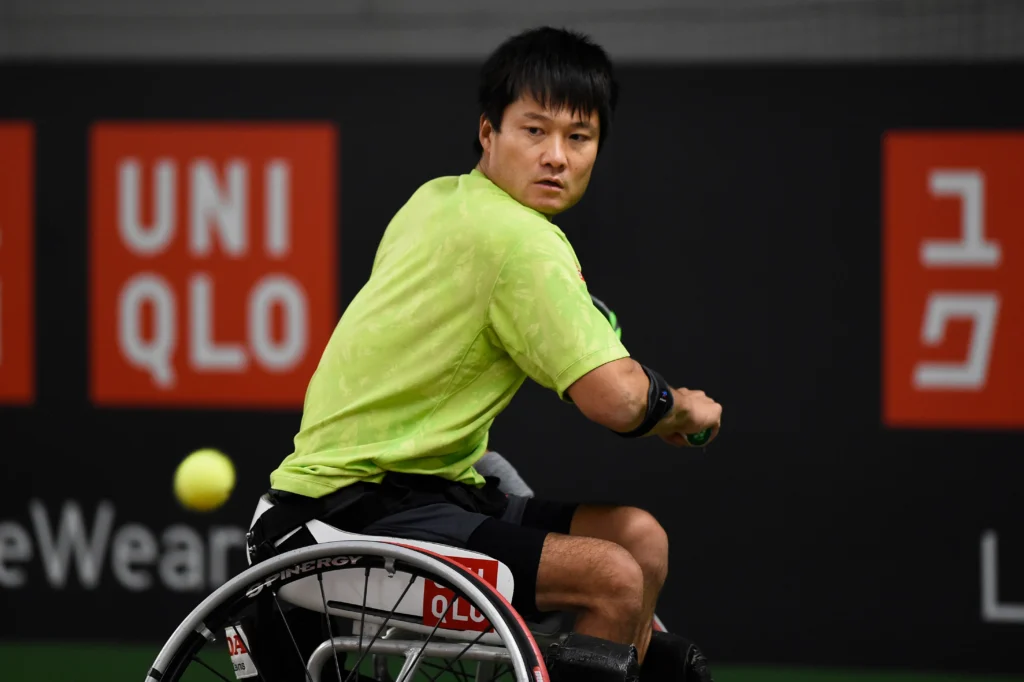

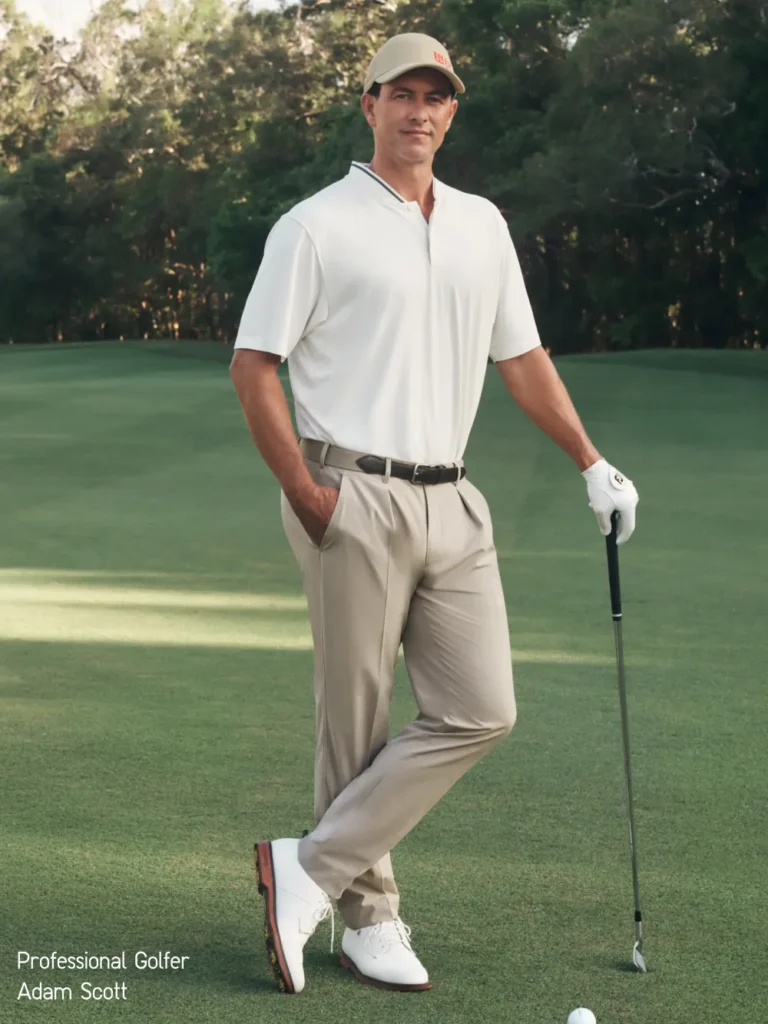

The Road to the Top
At 76, Tadashi Yanai drives Uniqlo’s quest to overtake Zara and H&M. Ranked third globally, its blend of affordability, quality, and adaptability—fueled by textile tech, AI, and a disciplined growth model—offers lessons for any executive. In Q1 2025, international revenue growth outpaced Japan’s by 12%, signaling the shift Yanai envisioned for his ¥5 trillion goal. “Change or die,” he’s said, and Uniqlo’s evolution—from early flops to sustainability and digital leaps—proves it thrives on adaptation. As competitors grapple with shifting demands, Uniqlo’s steady stitch could carry it to the top.

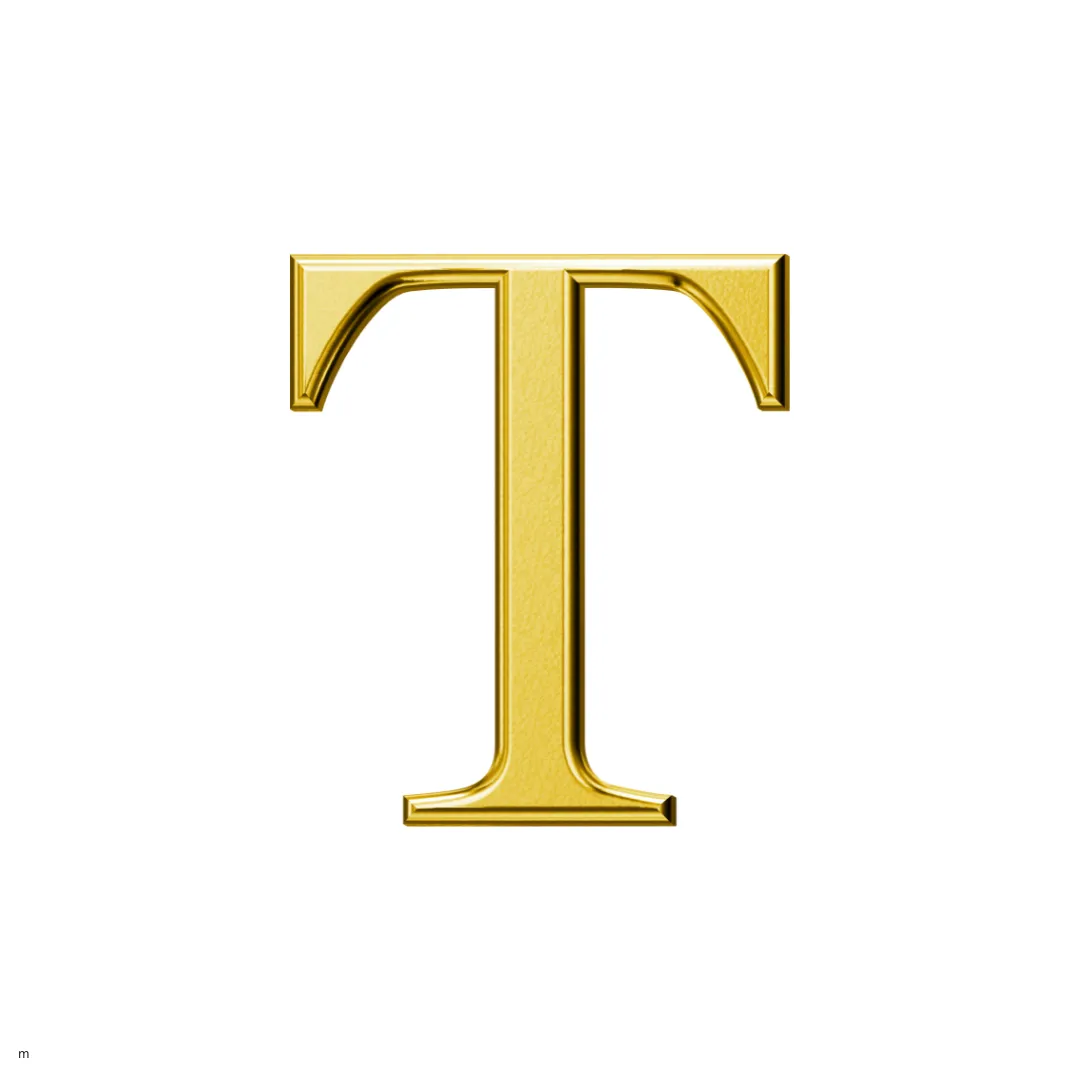
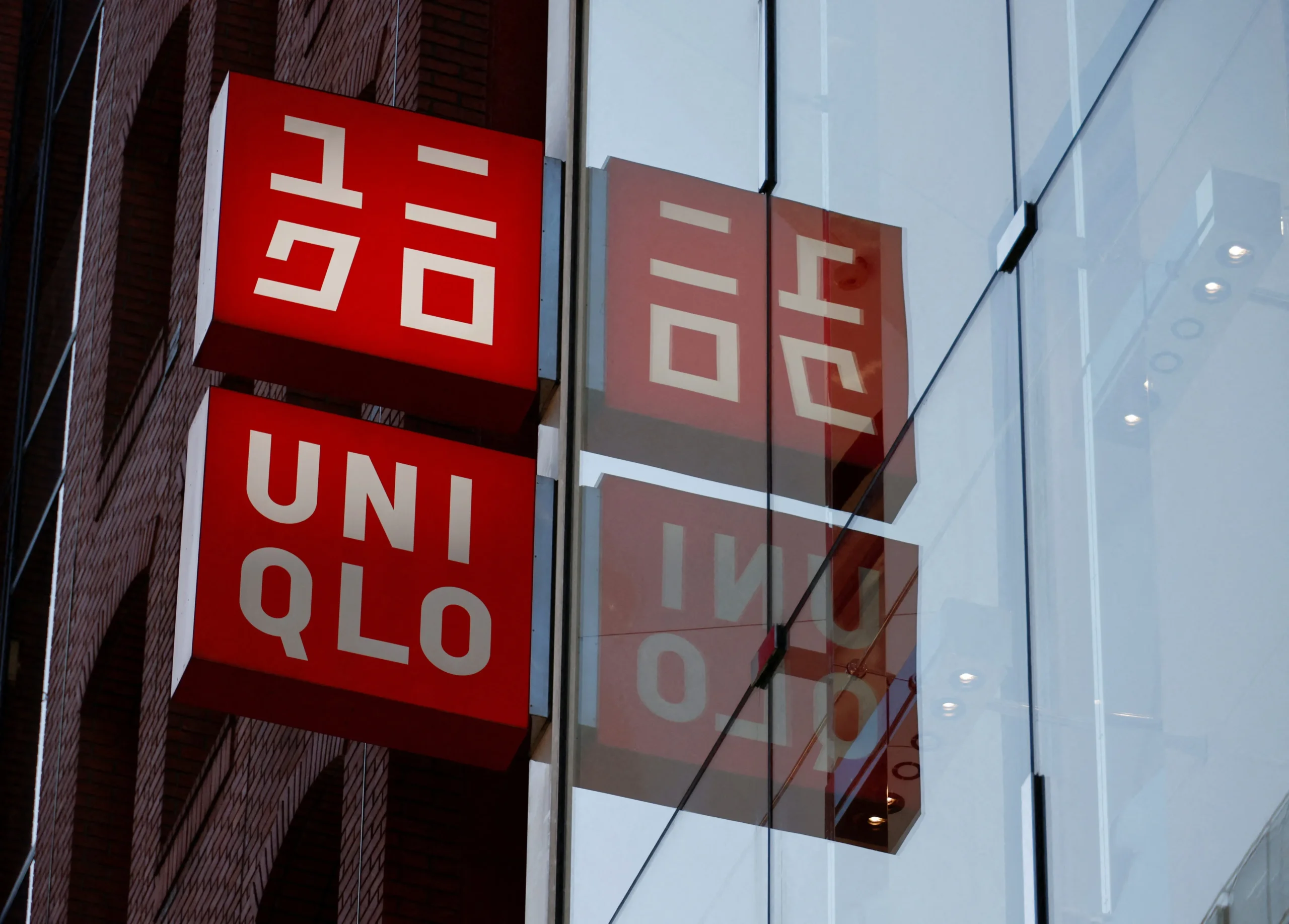
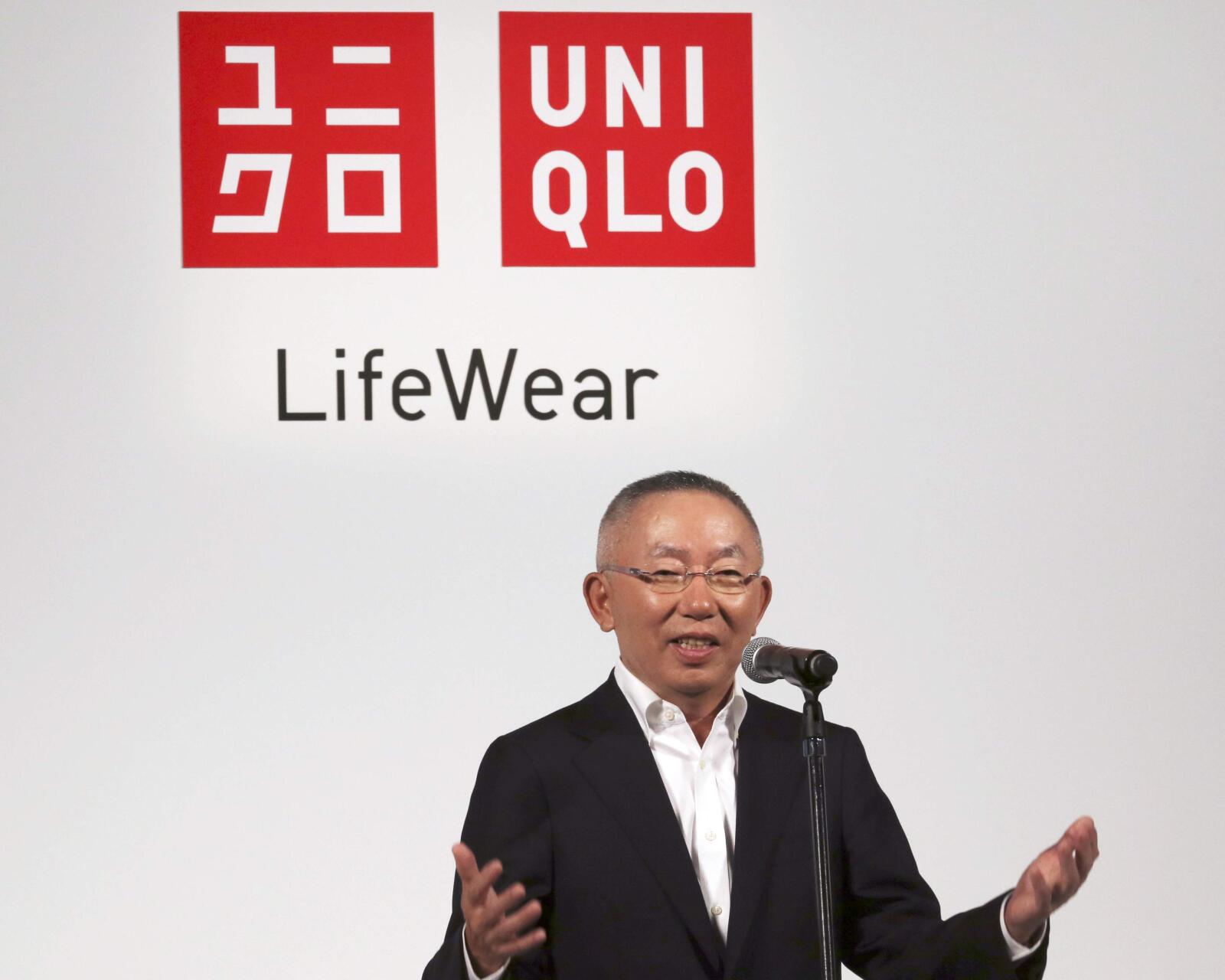

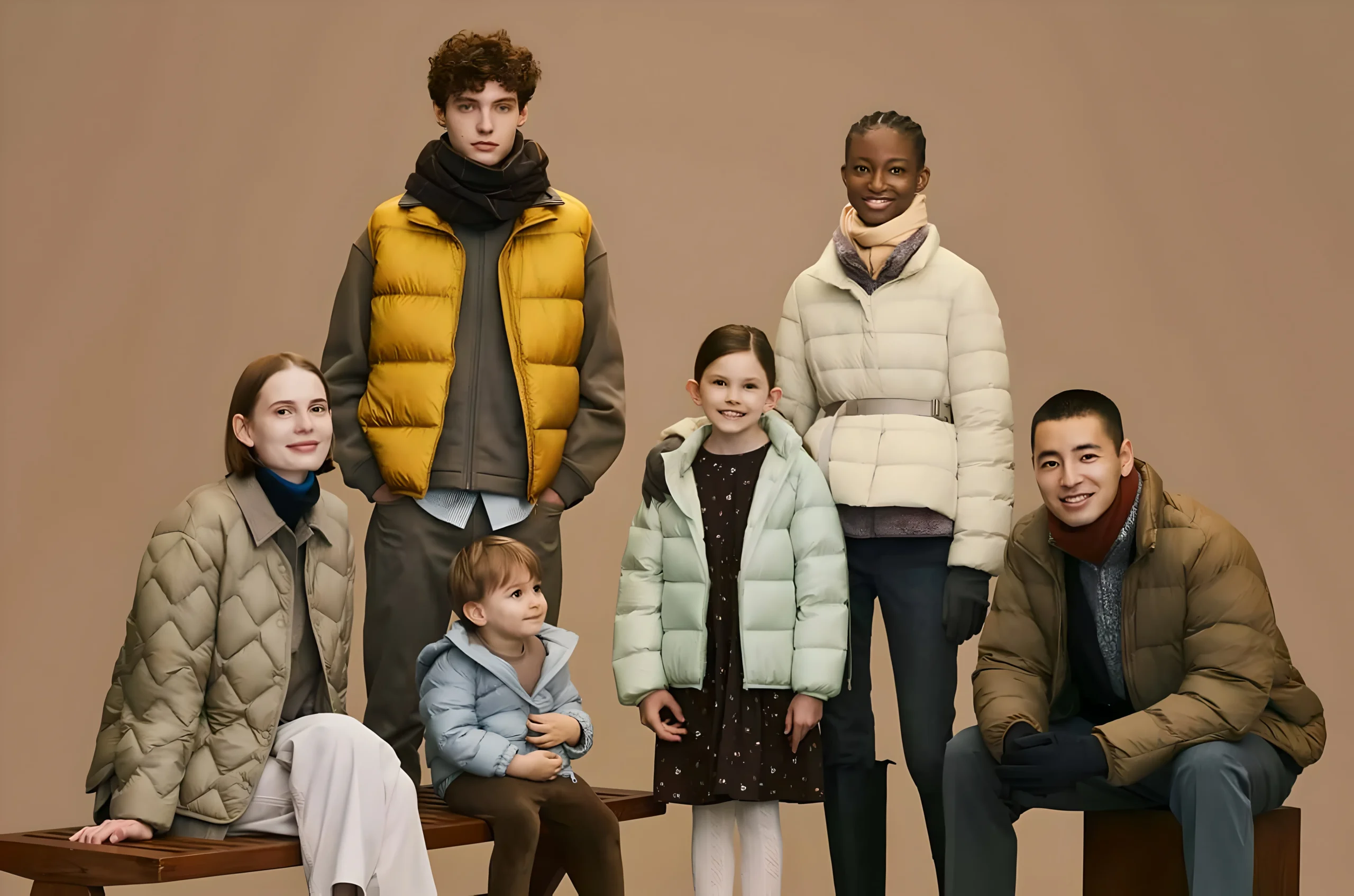
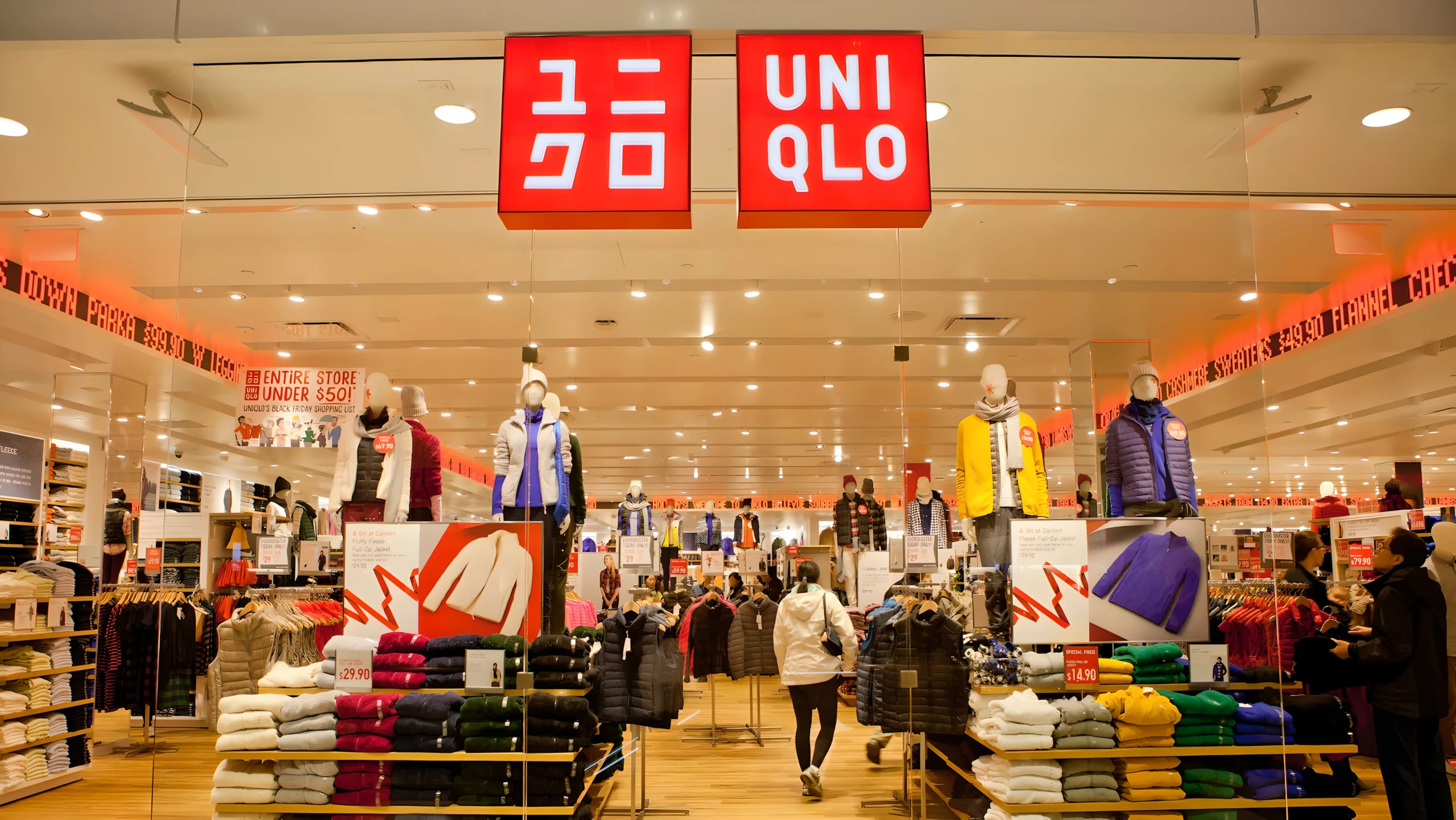

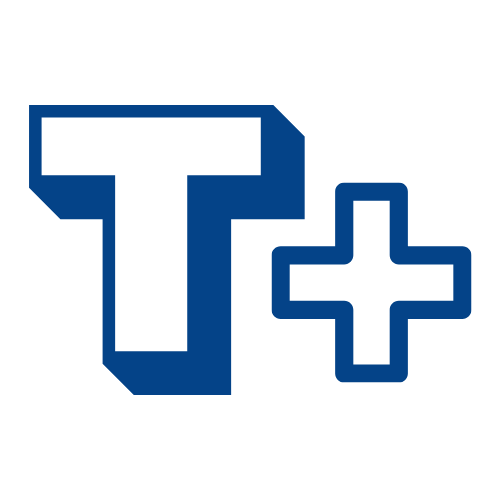
UNIQLO … Lovely Brand
If you’re looking for a practical bag, the **crossbody pouch** from Uniqlo is one of the brand’s best-selling items, gaining popularity due to its compact yet spacious design.
Practical and fashionable. It’s an interesting brand. I will surely keep an eye on them.